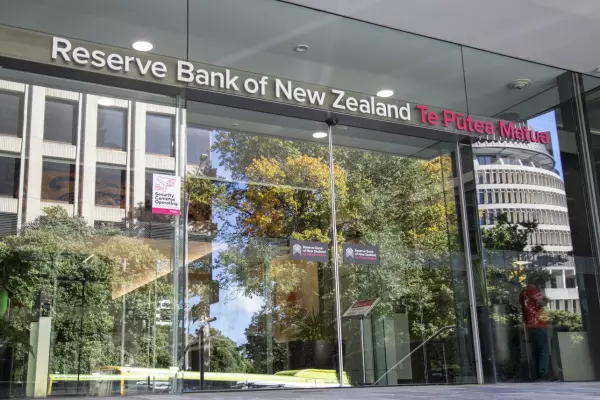Summary: The US Federal Reserve has signalled a faster tightening of monetary policy to control the highest inflation since 1982. The move was broadly expected and US stocks wobbled as much as 0.5% higher in late trading, having initially dipped in the first minutes after the release of the Fed’s decision.
QE ending sooner The world’s largest central bank announced at 8am NZT it would double the pace of ‘tapering’ its quantitative easing to US$30b a month, meaning it will end its US$120b a month money printing and bond buying programme around March next year. The Federal Open Markets Committee also forecast in its famed ‘dot plot’ that the Fed would hike by 25 basis points three times next year, three more in 2023 and two more by the end of of 2024 to take the Fed Funds rate to 2.1% from 0.0-0.25% now.
June hike picked Financial markets had expected the doubling of the speed of tapering and either two or three hikes in 2022 so the result was slightly towards the more hawkish end of expectations. The first opportunity for the first hike is seen at either the Fed’s March 15/16 meeting or its May 3 or 4 meeting. Short-term interest rates rose 7 to 8 basis points, while longer term rates rose 3/4.
‘We’re normalising’ The Fed said in its monetary policy decision statement it wanted to wait for labour markets to ‘normalise’ before hiking, but noted higher than expected inflation and growth meant it would need to hike rates next year some time.
Omicron spreads Britain reported a record high 78,610 cases in one day as both omicron and delta spread at an “absolutely phenomenal pace”, according to England’s chief medical office Prof Chris Whitty. He cautioned against hopes omicron’s hospitalisation rate would be less severe, noting hospitalisations had already risen 10% in a week nationally and were up by a third in London. The previous record one-day case load was 68,053 on Jan 8 and the jump to nearly 80,000 compares with a seven day average of 57,838. (BBC)
NHS on crisis alert Britain’s National Health Service has been put on its highest alert level and told to discharge as many patients as possible to homes, hospices and nursing homes. The NHS is bracing for a quadrupling of new hospitalisations to above last winter’s high of 3,800 a day. Britain’s UK Health Security Agency chief executive officer Jenny Harries described omicron as “probably the most significant threat we’ve had since the start of the pandemic and I’m sure for example the numbers that we see on data over the next few days will be quite staggering compared to the rate of growth that we’ve seen in cases for previous variants”. (Guardian)
Drone strike The United States is set to ban US investors from buying stakes in another eight major Chinese companies, including the world’s largest drone maker DJI, the FT reported this morning. The other companies being put on the “Chinese military-industrial complex companies” blacklist targeting firms helping Beijing repress Uighurs in Xinxiang include cloud computing, surveillance and supercomputer firms such as Megvii, Dawning Information Industry, CloudWalk Technology, Xiamen Meiya Pico, Yitu Technology, Leon Technology, and NetPosa Technologies.
Omicronomic threat China’s Sinovac vaccine does not provide sufficient antibodies to neutralise the omicron variant of covid, Hong Kong researchers reported overnight from initial lab findings. Most of China’s 1.4 billion people have been vaccinated with Sinovac. China’s economic growth has slowed in recent months on repeated hard lockdowns to eliminate the outbreak and supply chain blockages. China is NZ’s largest trading partner.
Over 5% too British CPI inflation surged more than forecast to 5.1% in November from a year ago, up from an annual rate of 4.2% in October and the highest inflation rate in a decade. The Bank of England could hike its base rate by 15 basis points to 0.25% later tonight. Financial markets see a 50% chance of a hike, which would be the first rate hike since it was cut to a record low 0.1% on March 19 last year as covid swept the land for the first time.
Fresh on BusinessDesk this morning
Brent Melville reports exclusively on how Kāinga Ora is blocking a 5,000 home development in South Auckland.
Peter Griffin focuses in his weekly column on the log4j (LogForShell) security flaw in old java software that some see as the worst IT security flaw ever. It’s a must-read in my view.






